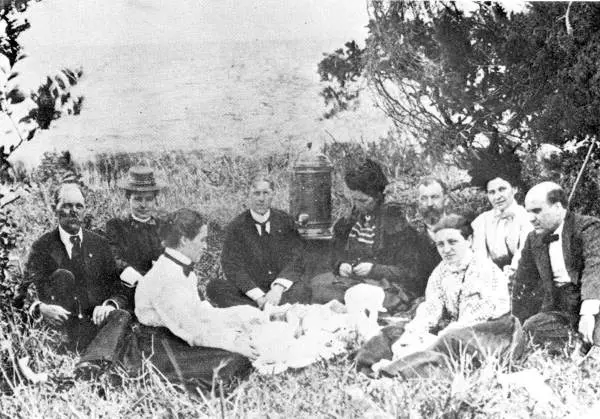Modern lifestyles differ from bygone ones conspicuously in that we do not spend our waking hours trying to ensure there is enough to eat.
Just a little over a century ago, most Americans still worked on farms. Even through the Colonial period, agriculture was much like it had been since Roman times. Planting was so labor-intensive that households couldn’t produce crops beyond a basic level of subsistence without lots of help (whether of the paid or unpaid sort). Not only was the work strenuous, it was also inefficient. After plowing furrows in the field, planters would scatter handfuls of seed into them, trusting in probability that some would take root. Since the seeds were not perfectly lined up, the rows grew unevenly.





